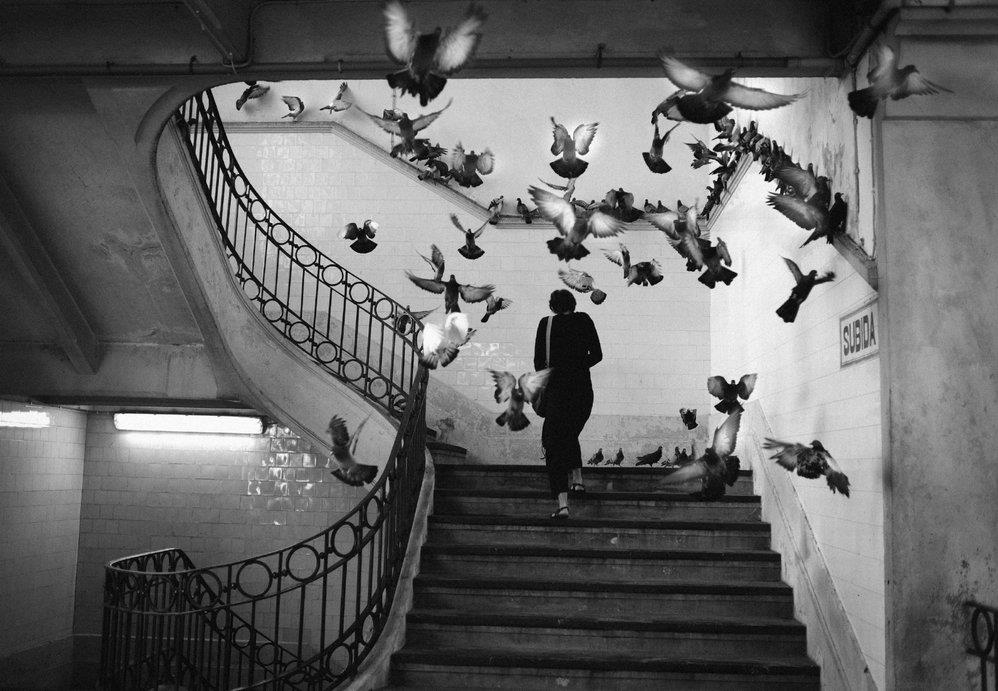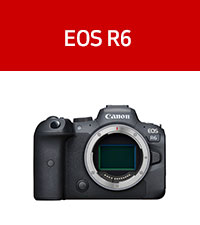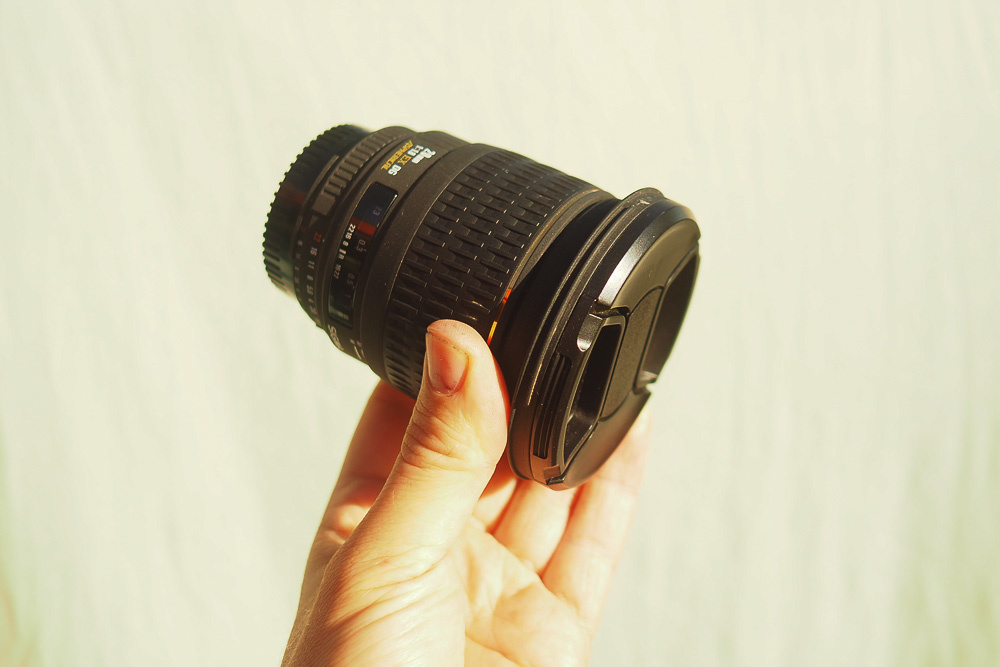
High Dynamic range (HDR).
High Dynamic Range (HDR) allows you to get the most out of your photos. HDR is a feature that allows your camera to capture multiple versions of the photo and then combine the best. These images will be larger and take up much more space than regular photos.
Burst mode
Burst mode is a way to take photos with your iPad. It allows you unlimited photo taking and Apple will pick the best. Apple takes into consideration lighting factors, sharpness, brightness, and lighting. The burst photos can be saved individually or as a group. The check mark in the lower left corner of the photo will be displayed after you select one. You can delete any other favorites you've selected after you've chosen one.

Auto HDR
Auto HDR for iPad pictures is a wonderful feature that can increase the quality of your images. This feature merges images that were taken at different exposures to create one with better contrast. This feature allows you to create more appealing images in sunny locations. These images can also be shared using the email app.
Use the Photos app
You can view and organize all your photos with the Photos app on iPad. You will find several albums within the app including For You. This lists photos shared by other users and features them. You can also organize photos by category in the Albums section.
Transferring photos with a USB-C cable
If you have an iPad, you can use the USB-C cable to transfer photos and other media files. Connect your iPad to your computer first. Make sure your computer has an accessible USB port. Next, navigate to the iOS device that contains the photos and click on the Import Photos or Videos option. You can choose whether to import recent photos only or all photos.

Using Motif
Motif can help you organize your photos, create photo books and other useful tools. This program analyzes thousands of photos and recommends which ones are the best for your album. It checks for clarity, face, orientation, focus, and clarity and hides those that don’t meet these criteria. It will also automatically convert selected photos into professionally designed layouts. It can also automatically crop images.
FAQ
Is digital photography hard?
Digital photography isn't as simple as you might think. It takes time to master the tools. You need to know what settings to use for different types of shots. You can learn best by doing. Practice makes perfect.
Which is the best camera to use for beginners?
The best camera for beginners will depend on your budget, needs and level of skill.
For instance, you could choose a point & shoot digital camera if your goal is to save some money. These cameras offer good quality but aren't very versatile.
The Digital Single Lens Reflex (Digital DSLR) camera allows you to interchange lenses, allowing you to take different kinds of photos. While they are more expensive than point and shoots, they offer much more flexibility.
For those new to photography, a beginner's kit is a great place to start. Everything you need, including a flash, tripod, memory card and camera body, will be included in the one-pack.
Also, don't forget about extra batteries!
Is photography a talent or a skill?
Photography isn't a talent, it's an art form that takes practice, training, as well as experience. You need to practice for years before you can master any part of the craft.
Photography is a business, and you should have a plan on how you're going to make it profitable.
To do this, you need to understand what kind of clients you want to attract and find ways to reach them.
You must get to know them and their goals. You must learn to communicate clearly and persuasively to persuade them to buy your services.
This means you must be prepared to meet potential clients.
When you are ready to approach potential customers, you will need to create a portfolio of your work. You can either create a portfolio digitally with software programs, or print it on paper.
Once you have created your portfolio, you need to find opportunities to display it. You can either approach businesses directly or advertise online.
What makes an excellent camera bag?
It is essential to choose a camera bag that protects your gear when you travel. These are the things to consider when shopping for a bag.
-
The bag should be large enough to comfortably hold your accessories and cameras. You shouldn't buy more than what you actually need.
-
Durability: Bags made of durable materials such leather, canvas and nylon are best. Avoid plastic and fabric bags.
-
Protection: Make certain your bag is protected against dirt, dust, moisture, and scratches
-
Organization: Sort your gear by type in order to make it easy to access the items you need. Your lenses, memory cards, and battery charger can be placed in different compartments.
-
Comfort: A shoulder strap is a better choice than a handbag for shooting. A comfortable design should have padded straps.
-
Price: Look around for the best price. Brands may offer discounts on their products, which can prove to be a plus.
-
Warranty: Make sure to ask if they offer a warranty for their products. This will allow you to know who to contact if your bag becomes damaged.
What equipment do I need to get started in digital photography?
The first thing you should consider when starting out in digital photography is what type of camera you want to use. There are many options available, including DSLRs (digital single-lens reflex cameras), compact point-and-shoot cameras, camcorders and smartphones. Each has its own benefits and features. DSLR cameras, for example, offer superior quality images but are heavier and larger than other types. Point-and-shoot cameras tend to be smaller and lighter, and may have automatic settings for specific situations. Camcorders provide excellent video recording capabilities and may also feature still photo shooting modes. Smartphones are lightweight, portable, and light. They offer excellent image quality, advanced features, such as GPS mapping, music playingback, and Internet browsing.
Once you've chosen the type of camera that you want, you can decide whether to purchase a used or new model. If the camera was purchased in the past few years, it is possible to find used cameras at reasonable prices. Newer models cost more, as manufacturers spend a lot of money on developing new technology.
Next, you will need to purchase lenses. The quality of your photos is directly affected by the lens. They let you adjust the focal length to zoom in and out of the scene, without losing focus. Some lenses come with built-in flash units while others need external flash units. There is a wide selection of lenses available from different brands. Each lens has its own characteristics.
Finally, memory cards are something you should consider. Memory cards are used to store images taken with your camera. The size of your memory card will depend on the number of images it holds. It could store hundreds of thousands or even millions of pictures. If you plan to shoot lots of pictures, you will need multiple memory cards.
How can I become a professional photographer?
Photography is an art that takes patience, dedication and passion. If you love photography, you'll be doing better than if only you were going after the money.
You must learn how to use your digital camera correctly. Understanding composition, lighting, exposure and depth of field are all important. Additionally, you should have a good grasp of Photoshop.
Photography is not easy, but once you master it, there is nothing quite as satisfying as creating images that capture moments in time that would otherwise have been lost forever.
You can learn more by reading books, taking classes, or participating in competitions if you are looking to improve your skills. You will gain confidence and experience, which can lead to improvements. What equipment are you looking for?
It really depends on what kind of photography you like to do. If you're interested in landscape photography, for example, you'll need a wide-angle lens.
If you are into portrait photography, you must invest in a telephoto lens.
A tripod is essential when taking photographs. It allows for you to sit back and compose your image without moving.
Camera bags are great for carrying your accessories, such as memory cards and cameras.
If you are using a compact lens, a flash is needed.
For beginners looking to capture professional-quality photos, a DSLR (Digital Single Lens Reflex Camera) is the best option.
DSLRs are popular because they allow you to control every photo aspect, including shutter speed, aperture, ISO sensitivity, white balance, focus, and more. A variety of features are available such as autofocus and auto-exposure locks, bracketing, self-timer, and RAW formatting.
Statistics
- Get 40% off Adobe Creative Cloud(opens in new tab) (creativebloq.com)
- This article received 13 testimonials, and 100% of readers who voted found it helpful, earning it our reader-approved status. (wikihow.com)
- There are people out there who will pick at flaws they can only see in 100% crops of your photos. (wikihow.com)
- The second easiest way to get blurry photos 100% of the time is to use a cheap filter on the front of your lens. (photographylife.com)
External Links
How To
How to take macro shots in photography
Macro Photography refers to the ability take pictures of small objects like insects and flowers at close range. The term "macro" comes from the Greek word makros (makros), meaning large. A lens with a focal length over 50mm can be used to take photos of objects very close up.
A good macro lens should have a long working distance and a fast aperture, so you can get sharp images without moving around too much. It is important to avoid motion while taking photos. Anything that moves during exposure may blur your image.
Here are some tips to take great macro photos:
-
Use a tripod. You can use a tripod if you don't own one. This will ensure that you have less movement while shooting.
-
Select the right lighting. Many macro lenses have built-in light filters. If you don't already own one, get one. This prevents excessive exposure.
-
Be patient! Shooting macros takes practice. It's not always easy to see the perfect macro, but it is worth trying until you do.
-
RAW format is best. RAW files have more data than JPEGs. They can store more detail. RAW files can be edited later and allow for more detail such as cropping and color correction.
-
Don't forget the background. Even though you've got a nice foreground object, sometimes the background adds interest to your shot. Try to include it in your photo.
-
Keep learning.